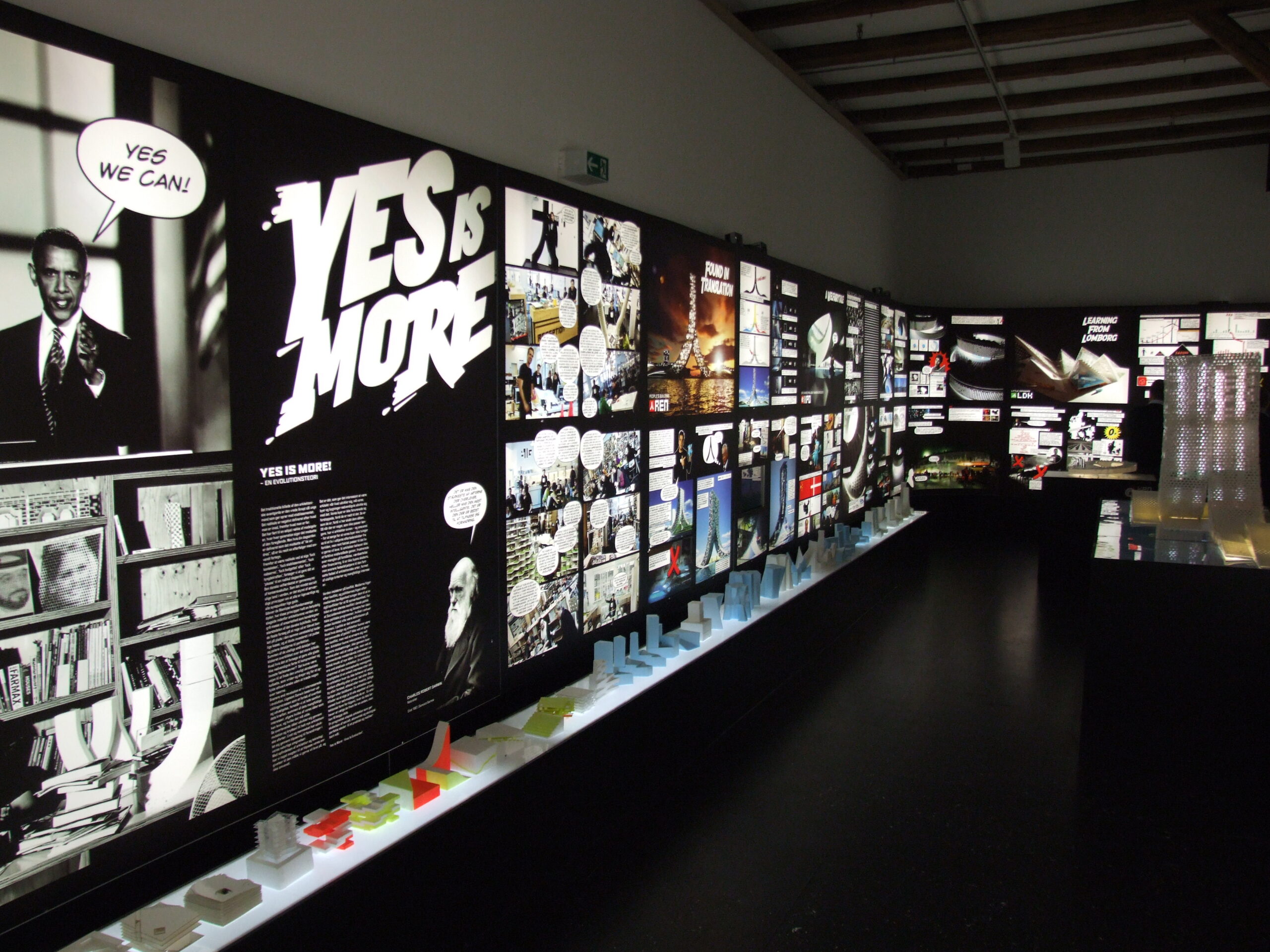Call for entries: The 14th Architizer A+Awards celebrates architecture's new era of craft. Apply for publication online and in print by submitting your projects before the Final Entry Deadline on January 30th!
When it comes to architectural education, architectural practitioners are quite critical, often accusing universities of being unable to prepare students for the real-world challenges of the industry. Still, it is undeniable that, after going through approximately five to seven years of education, young architects possess a range of skills: drawing, model-making, mastering software (rendering! 3D modeling! programming!), writing, filming and editing, in addition to developing complex critical thinking and problem-solving skills.
Upon entering into the architectural industry, many have remarked that these skills remain underutilized, ignored and even forgotten, thus forging a myopic view of what the architect’s skillset (and, by extent, value) truly is. In later years, however, following the immense criticism towards working culture and salary expectations in architectural practice, a new trend — the “side hustle” — is emerging. Developed through necessity rather than innovation, side hustles were established as a way for architects to increase their income and put their array of skills into good use — from drawing commissions, writing articles, designing logos and even becoming film editors or photographers.
The rise of side hustles within the architectural profession speaks to a larger shift, not only in the way architects perceive their roles but also in how the industry itself is evolving. The “side hustle movement” hints at a future where the architect is no longer a singular figure confined to drafting buildings, but a multi-faceted professional capable of wearing many hats — whether it’s as a writer, artist, filmmaker, or designer in diverse industries. The “side hustle,” once viewed as an escape from the hardships of architectural practice, is now reshaping the profession, offering young architects a chance to diversify, adapt, and, ultimately, redefine what it means to be an architect in the 21st century.
The following five figures are trained architects, who decided to steer away from the traditional path, turning their side hustle into a successful career and, in some cases, making it a part of their architectural practice.
Jeff Durkin, Filmmaker
Jeff Durkin graduated from UC Berkley with a degree in architecture and worked in practice for six years. After he moved to Los Angeles, he worked as a camera assistant and camera tracker for ten years, before founding Breadtruck Films: ‘a production company dedicated to making videos on all things design.’ Jeff Durkin used his company as a vehicle for storytelling within the design industry, making films that featured an array of architects and their design process and approach.
Maya Lin, Architect & Sculptor
Maya Lin holds a degree in architecture from Yale school of architecture and is renowned for both her architectural projects as well as her large-scale environmental artworks and memorial designs. Nature and environment are topics that are present in all of her work, aiming to blur boundaries or work in-between them and to construct relationships with the land and the ties to its history, memory, time and language.
Bjarke Ingels, Architect & Comic Book Creator
Bjarke Ingels is known as the founder of the Copenhagen-based architectural practice Bjarke Ingels Group, or BIG. His childhood ambition was to become a cartoonist; thus, he began studying architecture at the Royal Danish Academy of Fine Arts, hoping to improve his drawing skills. Eventually however, he opted to become an architect. Still, his comic book days were not left behind. In 2022 he published Yes is More. An Archicomic on Architectural Evolution, which investigates, through comic book format, a pragmatic utopian architecture that speaks of socially, economically and environmentally equal, “perfect” places.
Massimo Vignelli, Graphic Designer

section215, Vignelli 2008 Subway Map, CC BY 2.0
Massimo Vignelli studied architecture at the Politecnico di Milano. Highly active in the design field, he worked as an interior and environmental designer as well as in packaging, furniture and product design and most prominently as a graphic designer. He famously designed the signage for the New York City subway, eventually founding his firm Vignelli Associates, which became one of the most prestigious design firms in the world. Vignelli’s philosophy was: ‘If you can design one thing, you can design everything’.
Yiorgis Yerolympos, Photographer
Yiorgis Yerolympos studied photography at the Technological Institute of Athens and architecture at the Aristotle University of Thessaloniki, Greece. He also holds a master’s degree from Goldsmith’s College, University of London as well as a Ph.D. at the School of Art and Design of the University of Derby, UK. His work explores the intersection of nature and culture and how it can be exemplified in contemporary photography, producing a series of photographic records of human-altered landscapes that have undergone socio-political changes.
Call for entries: The 14th Architizer A+Awards celebrates architecture's new era of craft. Apply for publication online and in print by submitting your projects before the Final Entry Deadline on January 30th!
Featured Image: Olof Werngren, The Blade Runner Tyrell Skyscraper model, CC BY-SA 2.0






